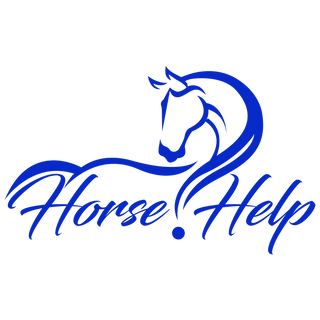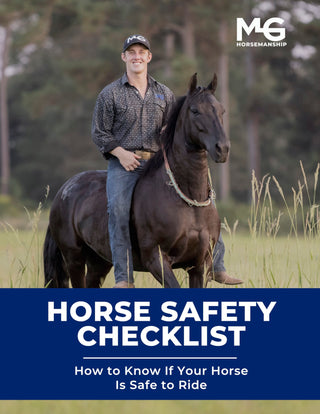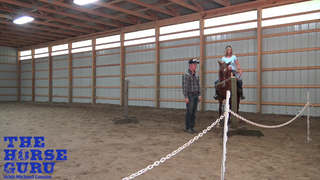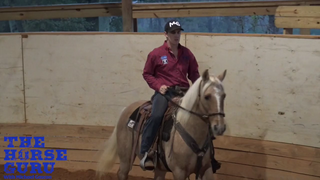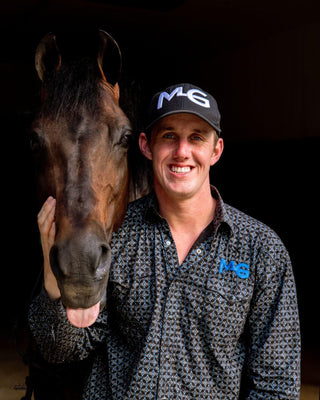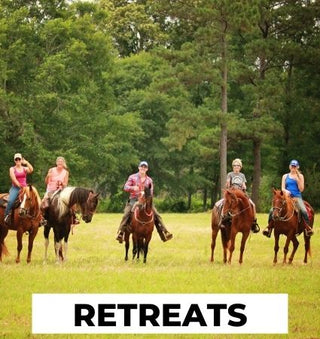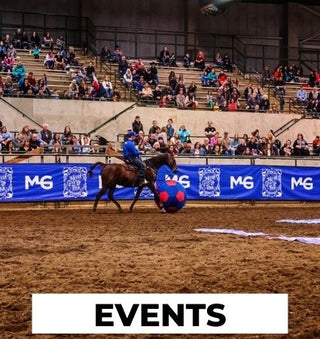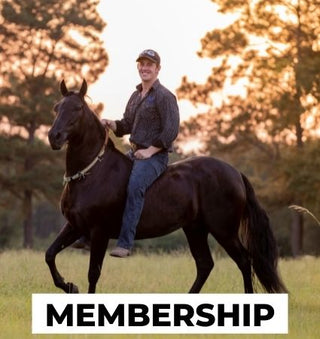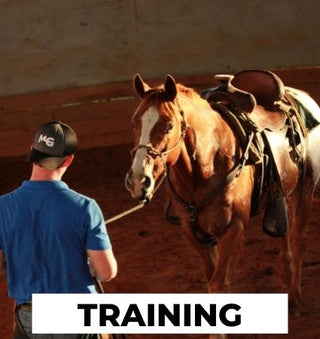Watch the Video Here or continue reading below!
Welcome back to the obstacle series! In this post, we're diving into how to introduce a green horse to the cowboy curtain obstacle—a crucial part of desensitization and confidence-building for young or spooky horses. Our equine partner for this lesson is Thunder, a spirited horse who brings big movement and a naturally reactive mindset—perfect for teaching how to handle spooky situations.
Why Use the Cowboy Curtain for Training?
Desensitization in Motion
The cowboy curtain is a classic obstacle used in horse training to help horses build trust, courage, and obedience. It's often made of hanging strips of material that flap or move with the wind—something that can easily spook a green horse. But that’s exactly why it’s such a great teaching tool. When done right, it gives your horse the confidence to face the unknown instead of fleeing from it.
From Round Pen to Open Field: The Next Step
Transferring Skills to a Larger Space
If you've followed along with the Respect Series Obstacles 101, you've seen how we introduce spooky elements in a round pen. But the real test is transitioning from a controlled, enclosed space to the great wide open.
In an open area, the rules don’t change. The jungle laws still apply:
👉 Control the head, control the horse.
If Thunder tries to booger off or run away, I redirect him by taking his face to his butt until his back feet cross over. Why? Because every time those back feet cross, you take away his power—the motor in the back.
Tools You’ll Need for Success
What Gear Works Best
-
Natural horsemanship halter or snaffle bit
-
Crop – Used not for punishment, but as a tool for redirection
-
No spurs needed for this particular exercise
The goal is not to intimidate but to communicate. The crop helps cue forward movement or redirection when needed.
The First Approach: Let the Horse Make a Choice
Guided Freedom with Boundaries
With the cowboy curtain in sight, I give Thunder the option to go through it. He may hesitate or even try to speed up. That’s okay. Every obstacle presents a choice, and my job is to guide that choice with redirection and timing.
If he speeds up or bolts through the curtain, I disengage him and turn him back to face it. Disengaging the hindquarters not only takes away his power to run but also redirects his focus from fear to thinking.
Disengagement: The Key to Breaking the Flight Response
Fear Isn’t the Problem—The Reaction Is
One of the most powerful lessons you can teach a horse is that the obstacle won’t hurt them. Their fear doesn’t hurt you—it’s their reaction to fear that can get dangerous.
Each time Thunder gets nervous, I disengage his hindquarters and face him back to the curtain. We might go through 8 to 10 disengagements the first time, but that’s how long it takes to rewire the flight instinct.
Soon, he realizes:
-
The curtain isn’t a threat
-
His rider isn’t pressuring him
-
He can remain calm, even in uncertainty
That’s when we get the low-headed, relaxed posture we’re looking for.
The Goal: Face the Fear, Don’t Flee From It
Building Trust Through Repetition
Every time Thunder wants to flee, I make him face the fear instead. Whether it's a cowboy curtain, a water crossing, a cow, or a passing car, the answer is always the same:
➡️ Face it.
Why? Because at a standstill, your horse is safe. And unless you’ve been drinking too much (which is a you problem, not a horse problem), standing still is the safest option.
Final Thoughts: Confidence Comes from Control
You Can Ride Anywhere with the Right Foundation
When your horse learns to disengage and redirect, you gain true control. More importantly, your horse gains confidence. You don’t have to fear bucking, bolting, or running off. Obstacle training like this teaches your horse to think through pressure, rather than react to it.
➡️ Face the obstacle. Disengage the fear. Build the bond.
